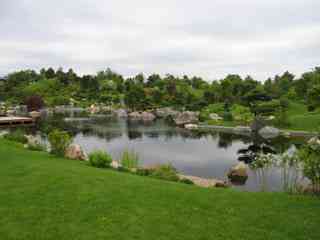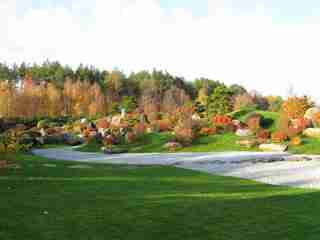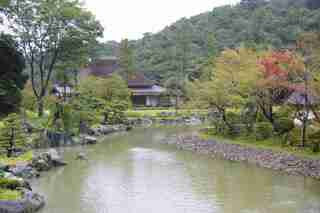In April, master Japanese landscape designer Shiro Nakane visited New York’s Japan Society to talk about his experiences as the president of Nakane & Associates, a garden research center and landscape consultancy. Founded by his father Kinsaku Nakane in 1966, the company is renowned for restoring historic gardens in Japan as well as creating brand-new gardens for clients around the world. Shiro artfully tackles the traditional craft with a modern perspective, producing works that adhere to established aesthetic principles while maintaining a contemporary feel. Here are three secrets about Japanese gardens that the master shared at the Japan Society.
For more information on upcoming programs, visit japansocieom.

While Japanese gardens are designed to look very natural, every single detail is decided by man, from the shape of trees to the placement of rocks. “Rock arrangement is a bit like choreography,” says Shiro, who uses cranes to move large boulders. “It can take an hour to twist and turn it until it’s placed right."

An ideal Japanese garden takes its design cues from the world’s natural wonders. Shiro’s goal is “not to make a new nature but to make a copy of existing, desirable nature,” he says. The master and his father have drawn from such landmarks as Mount Fuji, China’s Mount Lushan, and even Niagara Falls.

Japanese gardens can be any size and exist anywhere in the world. Shiro has designed everything from small courtyards to massive public parks across the globe. “If you choose the right plants, you can create a Japanese garden in many climates,” notes Shiro. “My idea is to use local materials.” And if it’s too cold, you can make one indoors!
